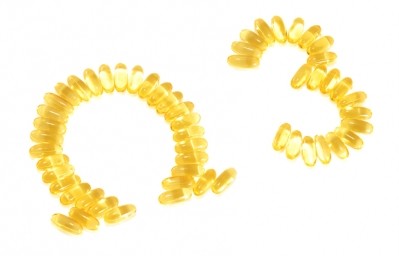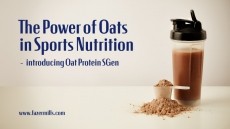Whey up the options: Beef protein best for lean body mass and strength

European University of Madrid researchers report that there are no mid/long-term (more than four weeks) differences between BP and WP on total daily protein intake or body composition (LBM, fat mass).
“However, BP resulted in a greater total daily protein intake than no protein supplementation (NP),” said the team, led by Pedro Valenzuela, researcher at the University of Alcalá.
“These and other potential benefits (including preliminary data on haem iron intake and ferritin levels) should be confirmed in future studies.”
The popularity of WP supplements have overshadowed its BP form owing to its high leucine content in leucine and potential anabolic effect.
Recent studies show acute ingestion of BP have sports nutrition benefits increasing muscle protein synthesis in both young and older individuals.
These benefits seem to be maximised when combined with exercise training (particularly resistance training).
A caveat however is the mixed evidence pointing to BP supplementation’s effectiveness in increasing muscle mass or performance.
One body of evidence reports benefits compared to no protein supplementation but others find no such benefits.
Theoretically, the high haem iron content in BP supplements may contribute to an increase in total iron intake and thus benefit haematological factors in enhancing sporting performance.
Seven studies included
Writing in the journal Nutrients the review gathers seven studies that includes 270 participants in total.
The Sports Nutrition Summit, brought to you by NutraIngredients is back for a second year!
Bringing together industry and research professionals in the active and performance nutrition space, the Sports Nutrition Summit aims to bridge the gaps between cutting edge science, business strategy and key regulatory developments to shine a light on the key consumers in the sports and active nutrition industry, and what you can do to meet their needs.
Challenging you to know your athlete the 2019 programme will explore the latest scientific and product developments across the consumer spectrum - looking at active sports nutrition consumers by category, life stage and by geography.
Five studies looked at young male and female active/trained subjects aged between 18 and 30 years. One study also looked at male athletes 35 to 60 years. Another assessed women aged 60 to 90 years.
The duration of the interventions ranged from eight to 16 weeks. BP was supplied as isolated BP (powder form) in four studies or as a lean beef supplement in a remainder of studies.
The amount of protein was specified in all but one study and ranged from 16.4 to 46 grams per day (g/day).
BP was compared with NP in all studies and with WP in four of them. The nutritional intervention was combined with a resistance (‘strength’) exercise training program (2 to 3 sessions/ week) in five studies [17,18,19,21,26] or with aerobic exercise training (four to six sessions/week) in one study.
One study only reported that participants were cross-country runners who maintained their typical usual exercise regime during the intervention.
The results found no differences between BP and WP for total protein intake, LBM or fat mass.
BP significantly increased total daily protein intake, LBM and lower-limb muscle strength compared to NP, but no significant differences were found between either conditions for fat mass, upper-limb muscle strength or total iron intake.
Increased iron intake?
“Our results show a non-significant trend towards an increased iron intake with BP compared to NP,” the study said.
“Although we could not perform a meta-analysis of haematological parameters, preliminary evidence suggests that BP could provide benefits at haematological level, such as increased haemtocrit levels in collegiate distance runners or enhanced iron (ferritin) deposits in master-age triathletes.”
The team point out that the small number of studies coupled with the small sample sizes is a limiting factor in the review’s findings.
They highlight that included studies provide BP in different forms (powder or lean beef), which might affect digestibility/absorption rates and potentially, anabolic responses.
The team recommend more research to confirm if providing BP in isolate form (powder) results in a greater anabolic response than lean beef.
Source: Nutrients
Published online: doi.org/10.3390/nu11061429
“Does Beef Protein Supplementation Improve Body Composition and Exercise Performance? A Systematic Review and Meta-Analysis of Randomized Controlled Trials.”
Authors: Pedro Valenzuela et al.















